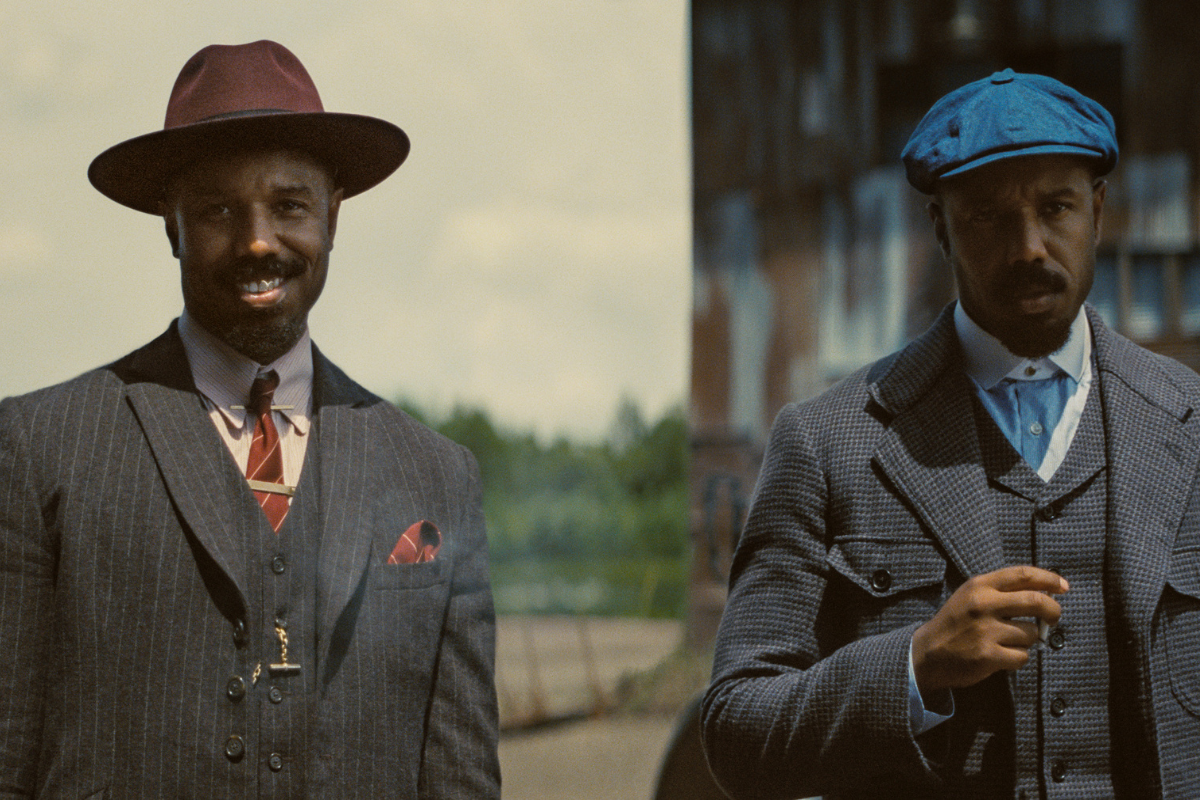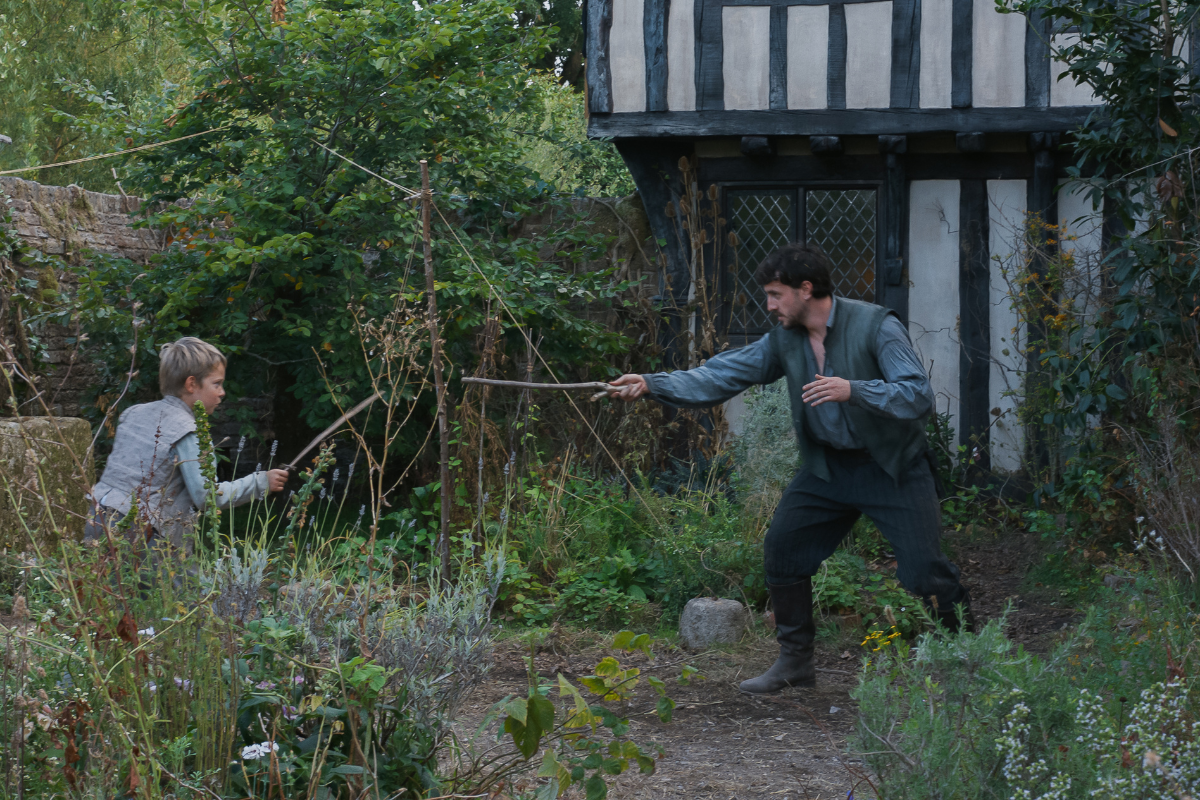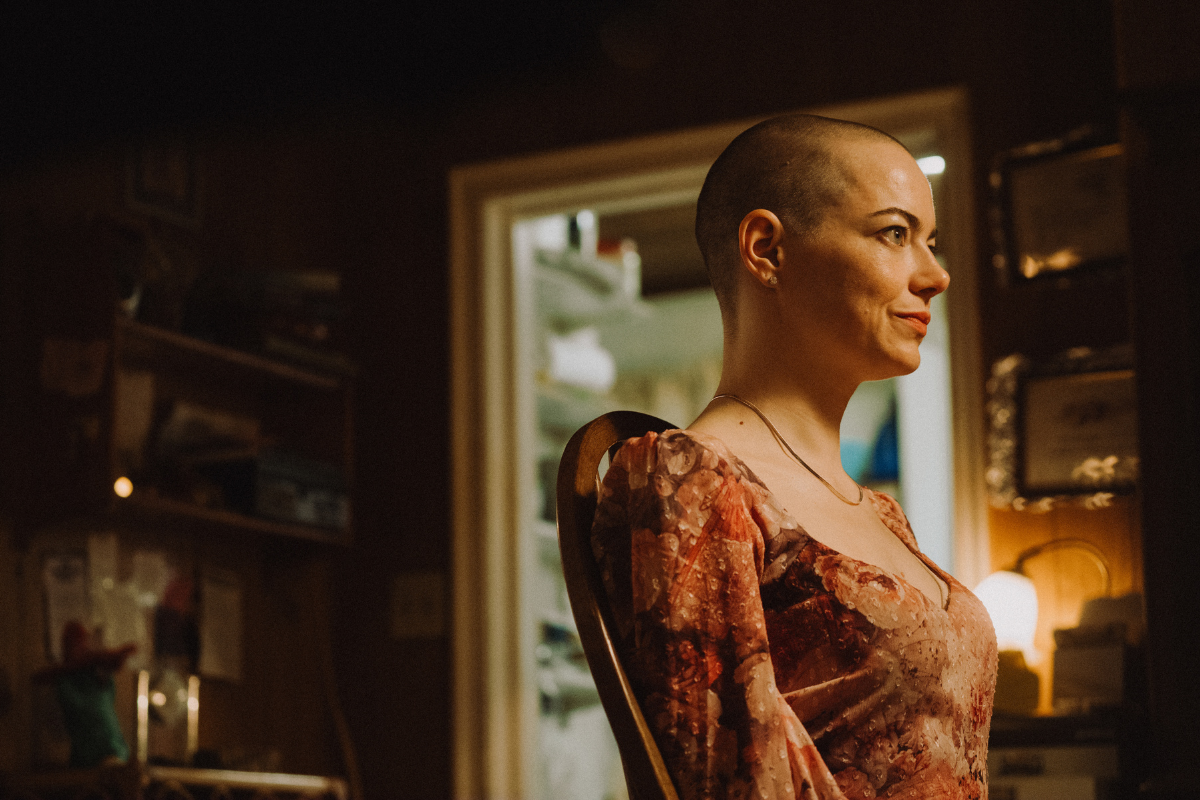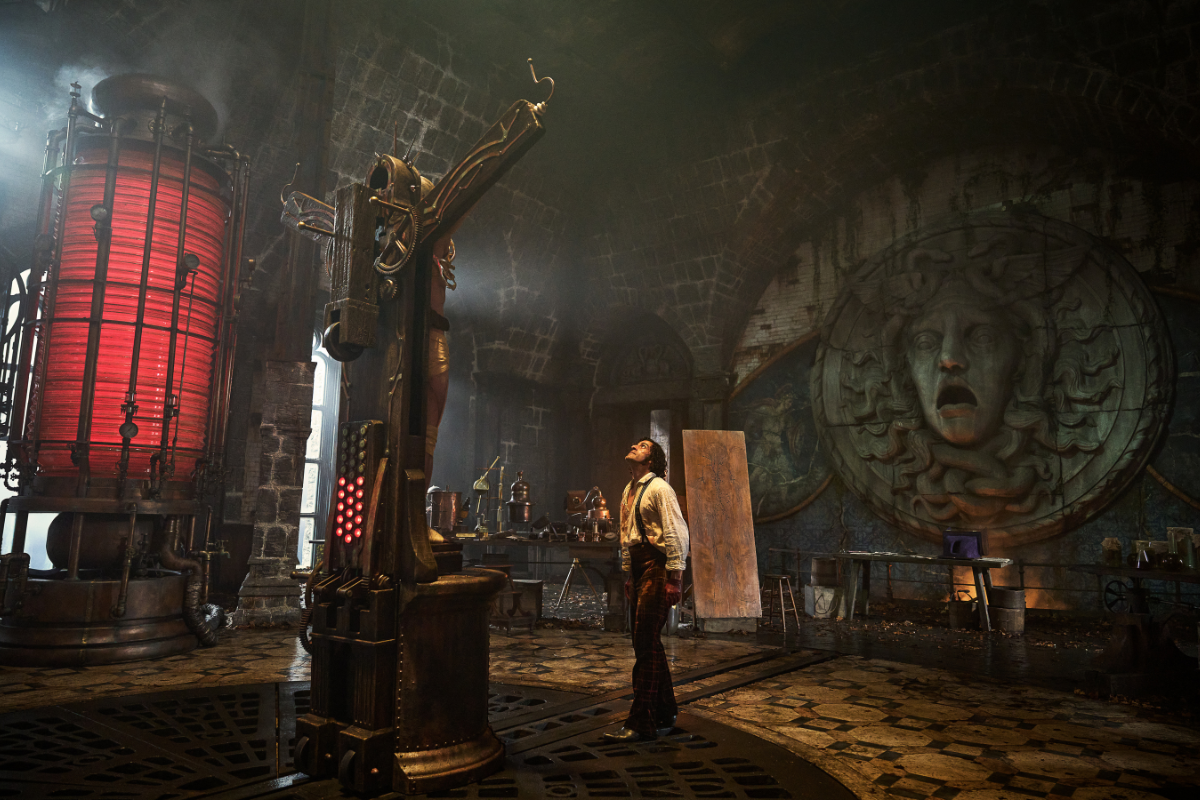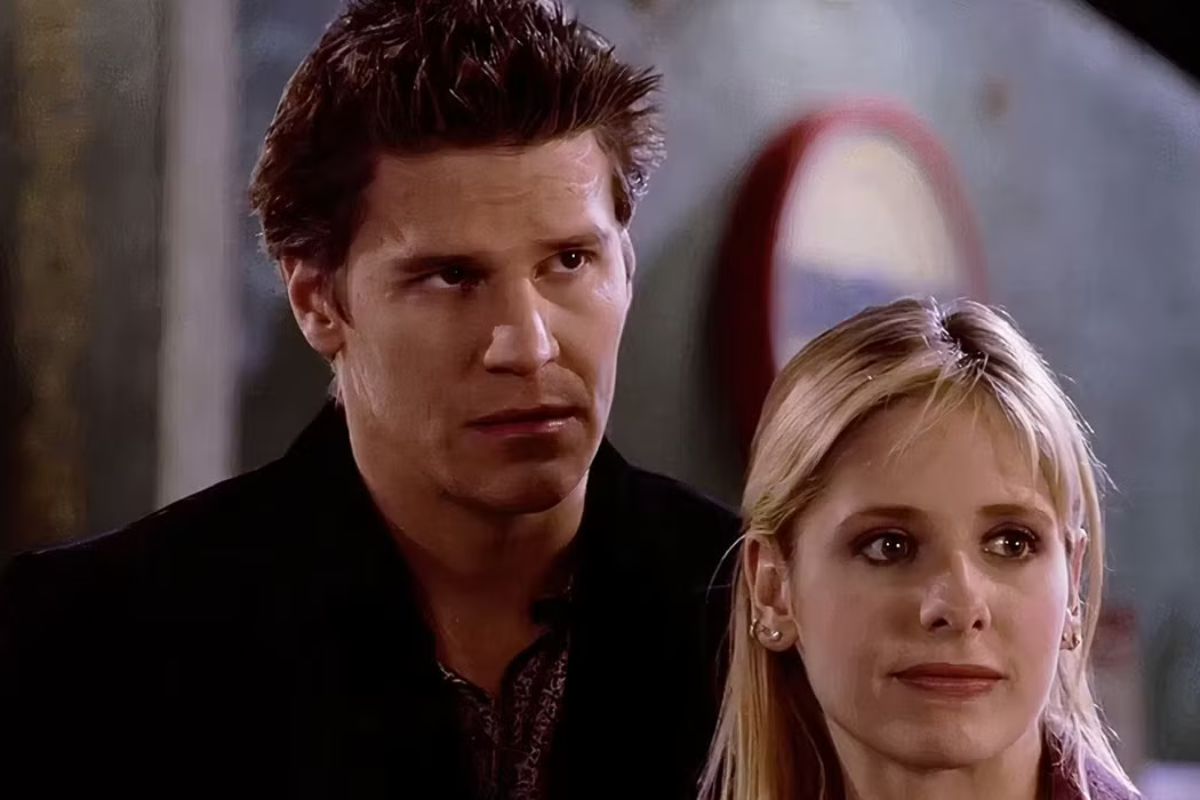STORY BROADS: Writing the Contained Script (and Not Just Thrillers!)
Figuring out how to create a compelling, entertaining, or meaningful story within a contained structure is a challenge every screenwriter should attempt.
Cameron Chapman is a Stowe Story Labs alum, freelance writer, author, designer, screenwriter, and filmmaker living and working in Vermont. She has sold four short film scripts to date, was a quarter-finalist in the 2016 PAGE International Screenwriting Awards for her short script, Wildflower, and is currently in pre-production on her first feature. Follow Cameron's website and her Facebook, Instagram and Twitter: @cameron_chapman
Whether you want to produce and direct the screenplays you write yourself or you're targeting small, indie producers, writing a contained script can have a lot of advantages over more expansive scripts. But writing the contained script can be even more difficult than writing other types of screenplays.
Figuring out how to create a compelling, entertaining, or meaningful story within a confined structure is a challenge I personally loved. I highly recommend every screenwriter at least attempt a contained script, if for no other reason than the challenge and learning opportunity it entails.
What is a contained script?
Contained scripts are generally limited to one or two locations. They often have a small cast of characters, too. Thrillers are the most popular genre for contained scripts, but I recently wrote a contained comedy that follows many of the same principles.
Now, one “location” can be interpreted in a few ways. It could be one room or something a bit broader, like a single house, hotel, museum, theater, etc. It could also be a single outdoor location.
And “small” cast can mean anything from a handful of main characters to just a script that doesn't include any extras or non-speaking parts.
So why is writing a contained script so hard?
When you have to keep the action of a story in a single place, it can become boring and repetitive. It limits the action you can have. And, depending on the exact location, it can result in a lack of visual interest in the finished film.
Besides that, the hero’s journey is a journey for a reason. It's because movement, travel, and the literal (or metaphorical) quest is something that resonates with people as infinitely more interesting than someone staying still.
Five tips for writing your contained script
1. Pick an interesting or unconventional setting
The original draft for my contained comedy script, Love & Marriage, took place at a historic 35-room Georgian mansion. Subsequent drafts took place in a summer camp and a country inn. The point is that if you have to stick to one setting, pick something more interesting than a suburban house or a student apartment.
Panic Room took place in a panic room and the house surrounding it. Cube took place in a series of square rooms. Rear Window took place in a single apartment. And Buried took place in a coffin.
2. Make sure there's a reason for the containment
All of the above films have a reason people are stuck in the location they're in. In Panic Room, they're trapped by intruders in the house. In Cube, they've been kidnapped and placed in the maze. In Rear Window, the main character is wheelchair-bound. And in Buried, the main character is buried alive.
Your characters don't literally have to be trapped, though. There just needs to be a compelling enough reason for them to stay in one spot. In my own comedy, Love & Marriage, the characters are all at the single location for a wedding. It doesn't make sense for any of them to leave.
3. Make sure the stakes are high
Your script won't have big set pieces to keep things interesting, so you have to make sure the tension of your plot is high stakes enough to capture your reader’s (and viewer’s) attention.
Life and death. Financial ruin. Relationship destruction. Global catastrophe. Apocalypse. All of these are suitable for a contained script.
In Love & Marriage, the tension revolves around whether the couple will get married or not (and whether the bride will run off with someone else).
4. Create space within the space
In most locations, you can create additional space within or adjacent to your main location. Closets, bathrooms, walk-in coolers, storage rooms, hallways, and even corners of larger rooms can create at least some privacy for scenes with subsets of your characters.
If you have all the cast together all the time, things can quickly get very boring and repetitive. Breaking off groups creates more tension, especially if it seems like people might be conspiring or keeping secrets.
5. Real-time is your friend
Obviously, there aren't many contained films that happen in real time. But you'll probably notice that most of them happen over a few hours to maybe a couple of days at most. It's easier to believe people will stay in one place for a few hours, but less believable for a week, month, or longer.
While most people think of thrillers when they think of contained films, there are opportunities to create contained scripts in virtually every genre. And the challenge of writing a compelling story within these constraints is a great learning experience for anyone who wants to become a better screenwriter.
Get help creating a powerful ending with our online course,
Powerful Endings to Hook Your Reader
REGISTER NOW!
Cameron Chapman is an author, screenwriter, and Stowe Story Labs alum who has sold multiple short screenplays and placed in prestigious screenwriting competitions with feature scripts, including the Nashville Film Festival and Page Awards. Her nonfiction books have been published by Focal Press, Ilex, and John Wiley & Sons. She lives and writes on a tiny island in northern Vermont. Follow Cameron’s website and Twitter: @cameron_chapman


